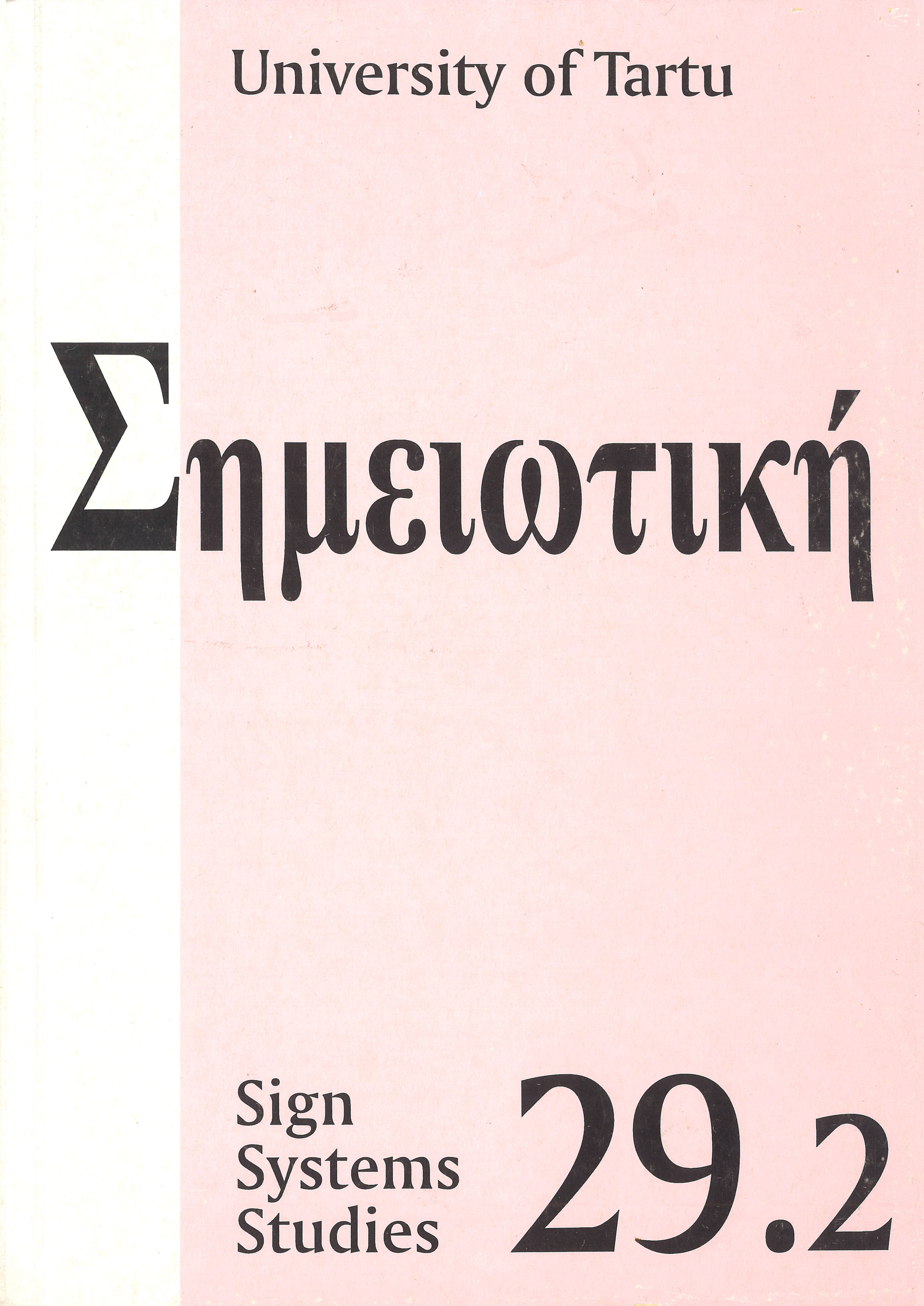Unlimited semiosis and heteroglossia (C.S. Peirce And M. M. Bakhtin)
DOI:
https://doi.org/10.12697/SSS.2001.29.2.03Abstract
The article draws parallels between Bakhtin's literary theory and some of Peirce's philosophical concepts. The comparisons with Bakhtin go beyond the theory of heteroglossia and reveal that related notions were implicitly originated by Dostoevsky. The elaboration of the concepts of dialogue, "self" and "other" continue into the ideas of consciousness, iconic effects in literature, and the semiotic aspect of thought. Especially important in this chapter is the aspect of Peirce's theory concerned with with the endless growth of interpretation and sign building, or unlimited semiosis. Peirce's discussion of unlimited semiosis is not among the less elaborated ones. Quite on the contrary, it is one of the most important of his ideas on signs. As a semiotic notion it is widely exploited in many related areas. However, it is not often used as an analytical tool to examine literature or to other works of art. Here, we will employ this notion in conjuction with Bakhtin's doctrine of heteroglossia.


